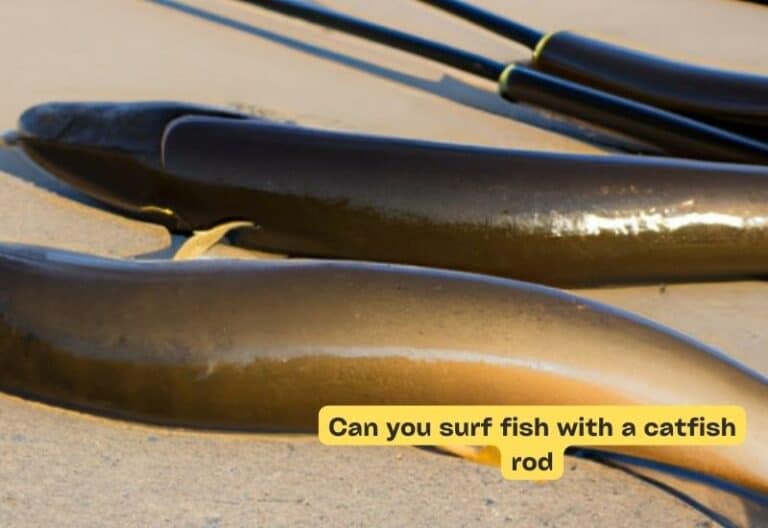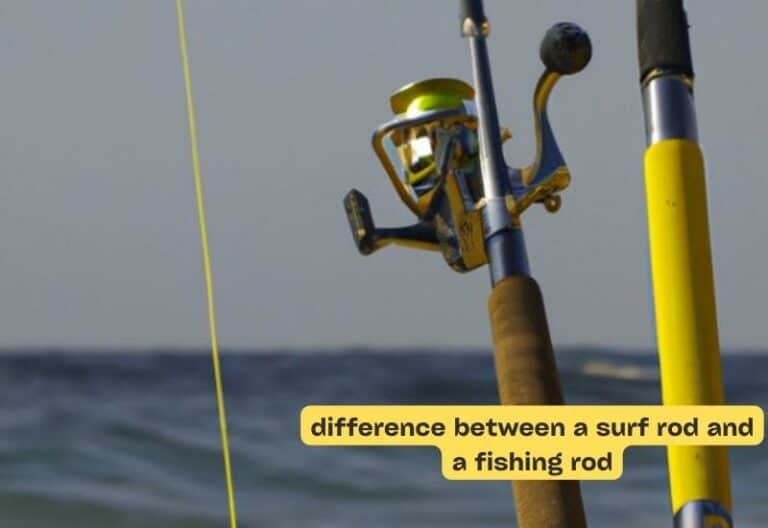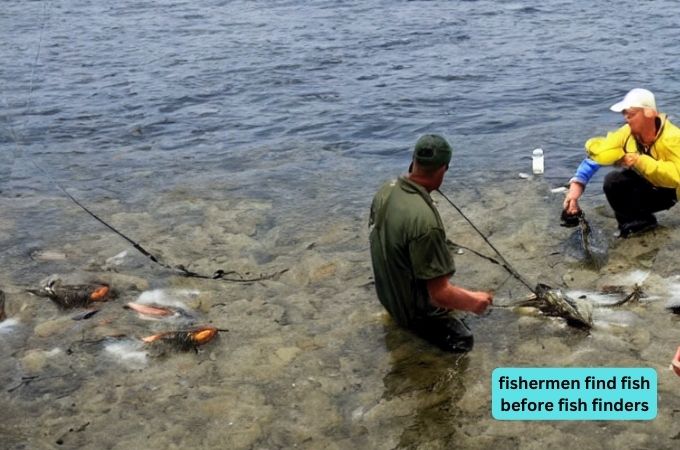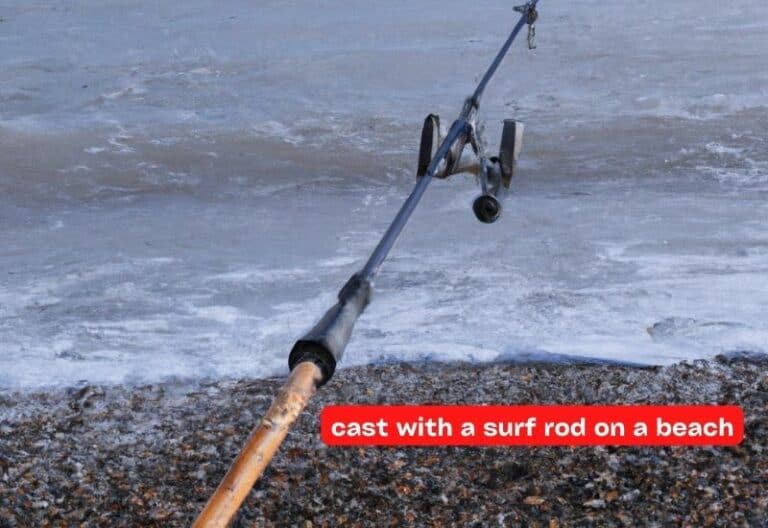How To Fish With Salmon Eggs
Today we discuss How To Fish With Salmon Eggs. Fishing with salmon eggs is not only effective but also loads of fun. It’s like using a secret weapon that fish can’t resist. So, grab your fishing rod, put on your fishing hat, and let’s embark on an adventure to discover how to hook those fish using the power of salmon eggs.
In this guide, we’ll walk you through the steps, tips, and tricks of fishing with salmon eggs. From choosing the right equipment to mastering the technique, you’ll be reeling in those big catches in no time. So, let’s get started and unlock the secrets of successful salmon egg fishing. Get ready to experience the thrill of the catch like never before!
How to Fish with Salmon Eggs: A Comprehensive Guide
Fishing with salmon eggs is a popular technique used by anglers to attract a variety of fish species. Whether you’re a beginner or an experienced angler, understanding the proper techniques and strategies for fishing with salmon eggs can greatly increase your chances of success. In this article, we will explore the different methods, tackle options, and tips to help you become a more proficient salmon egg fisherman.
Choosing the Right Equipment for Salmon Egg Fishing:
Rods and Reels:
When choosing a rod and reel setup for salmon egg fishing, consider the size and strength of the fish you’ll be targeting. A medium to medium-heavy spinning rod paired with a matching reel is a versatile option that can handle a wide range of fish species. Look for a rod with a sensitive tip that allows you to feel the subtle movements and bites when using salmon eggs as bait.
Alternatively, if you prefer a more traditional approach, a baitcasting rod and reel combo may be suitable. These setups provide increased accuracy and control, which can be advantageous in certain fishing scenarios.
Fishing Line:
The fishing line is another crucial component of your salmon egg fishing setup. Monofilament lines in the 6-12-pound test range are generally sufficient for most scenarios. Thicker lines provide more strength and durability, while lighter lines offer increased sensitivity. Consider the fishing conditions, target species, and personal preference when selecting the appropriate fishing line.
Terminal Tackle:
Terminal tackle refers to the small components that are attached to the end of your fishing line, including hooks, sinkers, and swivels. For salmon egg fishing, opt for small hooks in the size range of 8 to 14. These sizes are ideal for accommodating the size of salmon eggs and ensuring a proper hookset.
Split shot sinkers can be used to add weight to your rig and keep the bait at the desired depth. Swivels are beneficial for preventing line twists, especially when using a spinning reel. Experimenting with different terminal tackle options can help you determine the best setup for your specific fishing conditions.
Effective Techniques for Fishing with Salmon Eggs:
Now that you have the right equipment, it’s time to explore some effective techniques for fishing with salmon eggs. Here are three popular methods:
Float Fishing:
Float fishing, also known as bobber fishing, is a widely used technique for targeting fish with salmon eggs. The setup involves attaching a small fishing float, or bobber, to your line, which suspends the bait at a predetermined depth. This method allows the bait to drift naturally with the current, increasing its visibility to fish.
To set up a float fishing rig, slide a bobber stop onto your mainline, followed by a small bead. Next, attach a small barrel swivel, followed by a leader line and your chosen hook size. Place a split shot sinker on the leader line to provide weight and keep the bait at the desired depth.
When using the float fishing technique, cast your rig upstream and allow it to drift down naturally. Pay close attention to any movement or dips in the bobber, as this can indicate a fish bite. When you see a bite, gently lift the rod to set the hook and reel in your catch.
Bottom Fishing:
Bottom fishing is a straightforward and effective technique for fishing with salmon eggs. As the name suggests, this method involves presenting the bait on or near the lake or river’s bottom, where fish often feed. Bottom fishing can be done from the shore or a boat, depending on your location.
To rig up for bottom fishing, slide a sinker onto your mainline, followed by a small bead to protect the knot from the sinker. Next, tie on a barrel swivel to prevent line twisting. Attach a leader line with your chosen hook size to the swivel. Pinch a split shot sinker onto the leader line a few inches above the hook to keep the bait close to the bottom.
When bottom fishing, cast your line out and allow it to sink to the bottom. Maintain a slight tension on the line to detect any subtle bites. If you notice a tug or resistance, set the hook by lifting the rod and reel in your catch.
Drift Fishing:
Drift fishing is an effective technique for covering a larger area and presenting your salmon eggs to actively feeding fish. This method involves casting your line slightly upstream and allowing it to drift naturally with the current. As the bait drifts downstream, it imitates natural prey movement, attracting fish in the process.
To set up for drift fishing, attach a small bullet weight to your mainline, followed by a bead and a barrel swivel. Tie a leader line with your chosen hook size to the swivel. The weight helps the bait sink to the desired depth and ensures a natural drift.
When drift fishing, cast your line upstream and allow it to drift downstream while maintaining slight tension. Pay close attention to any line movement, as this can indicate a fish bite. When you feel a bite, set the hook by lifting the rod and reel in your catch.
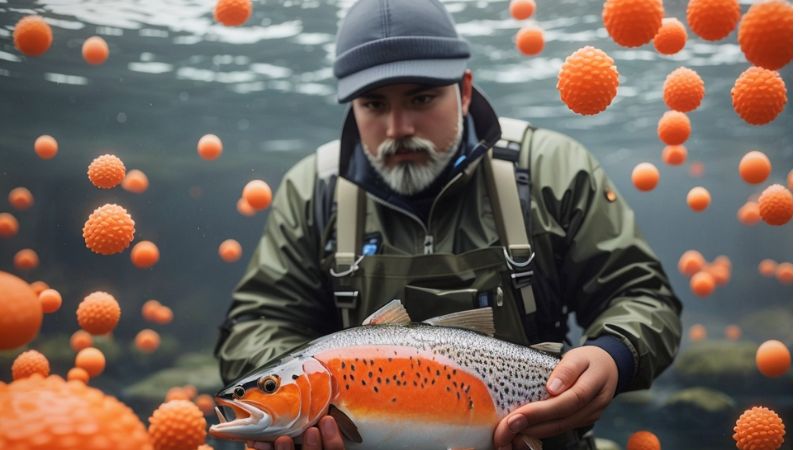
Tips for Success with Salmon Egg Fishing:
Experiment with Different Flavors and Colors:
Salmon eggs are available in various flavors and colors, such as garlic, shrimp, and chartreuse. Different fish species have different preferences, so it’s worth experimenting with different options to see what works best in your fishing location.
Use Reversible Hooks:
Reversible hooks are designed to be sharp on both ends, allowing you to use the bait twice before needing to rethread it. This can be a cost-effective and convenient option when fishing with salmon eggs.
Observe Local Regulations:
Prior to fishing with salmon eggs, familiarize yourself with the local fishing regulations and any restrictions that may be in place. These regulations often include restrictions on the number of fish you can keep, size limits, and designated fishing areas.
Overall, fishing with salmon eggs can be an exciting and productive way to target a variety of fish species. By selecting the right equipment, employing effective techniques, and following these tips, you’ll be well on your way to becoming a successful salmon egg fisherman. Remember to always respect the environment, practice catch-and-release when necessary, and enjoy the experience of being out on the water.
Key Takeaways: How to Fish with Salmon Eggs
- Salmon eggs are a great bait for catching fish.
- Choose fresh salmon eggs for the best results.
- Use a small hook and attach the salmon egg securely.
- Cast your line into areas where fish tend to hide.
- Be patient and wait for the fish to bite before reeling in.
faqs for How To Fish With Salmon Eggs:
When rigging a salmon egg for fishing, it’s important to choose the right hook size and type. A size 8-12 hook works well, with a smaller hook for smaller eggs and a larger one for bigger eggs. You can use a simple egg loop knot to secure the salmon egg onto the hook, providing a natural presentation in the water.
It’s crucial to handle the eggs gently to prevent damage and avoid scent loss. By rigging the salmon egg properly, you increase your chances of enticing a bite from a fish!
Remember to experiment with different rigging techniques, such as using a float or adding weight to create a desired depth. Adjusting your rig according to fishing conditions and the behavior of the fish will also improve your chances of success.
The key to maximizing the effectiveness of salmon eggs as bait is to handle them with care. Make sure your hands are clean and free of any strong scents that could transfer onto the eggs.
Avoid squeezing or crushing the eggs as it can cause them to lose their scent and natural form. Keeping the eggs cool by storing them in a cooler or with an ice pack can help maintain their freshness and appeal to fish.
Another tip is to use curing agents or scents to enhance the attractiveness of the salmon eggs. Curing the eggs with ingredients like borax or adding scents like anise or shrimp oil can make them more enticing to fish.
Lastly, be mindful of the regulations regarding the use of salmon eggs in your fishing location. Some places may require the use of artificial baits or have specific restrictions on the use of natural baits, so be sure to check the rules beforehand.
One effective fishing technique to use with salmon eggs is drift fishing. This involves casting your line upstream and allowing the bait to naturally flow downstream, mimicking the movement of a real salmon egg.
By adjusting the weight or using a float, you can control the depth at which your bait is presented. This technique is especially useful in rivers and streams.
Another technique is bottom bouncing, which involves bouncing the bait along the river or lake bottom while slowly reeling in your line. This method can entice fish that are feeding near the bottom.
Using salmon eggs as bait can be effective in various fishing locations. One popular option is rivers and streams, especially during salmon runs or when other fish species are known to feed on salmon eggs. Look for areas with slower-moving or calmer waters, as fish tend to congregate in these spots to feed.
Lakes and reservoirs can also be productive places to fish with salmon eggs. Focus on areas near drop-offs, submerged structures, or areas where fish typically gather, such as around weed beds or near docks. Exploring different depths and experimenting with different locations can help you find the best spots for using salmon eggs as bait.
Yes, there are a few special considerations when fishing with salmon eggs. First, make sure to check the regulations in your area regarding the use of salmon eggs as bait. Some waters may have specific rules or restrictions on the use of natural baits, so it’s essential to stay informed and follow the guidelines.
How To Fish Salmon Eggs in Creeks
Summary:
Fishing with salmon eggs is an effective technique for catching fish. First, you’ll need to gather your equipment, including a fishing rod, hooks, and salmon eggs. Next, attach the salmon eggs to your hook and cast your line into the water. It’s important to be patient and wait for the fish to bite. When you feel a tug on the line, gently reel in the fish. Remember to handle the fish carefully to avoid harming them. With these simple steps, you’ll be on your way to enjoying a successful fishing trip using salmon eggs.
